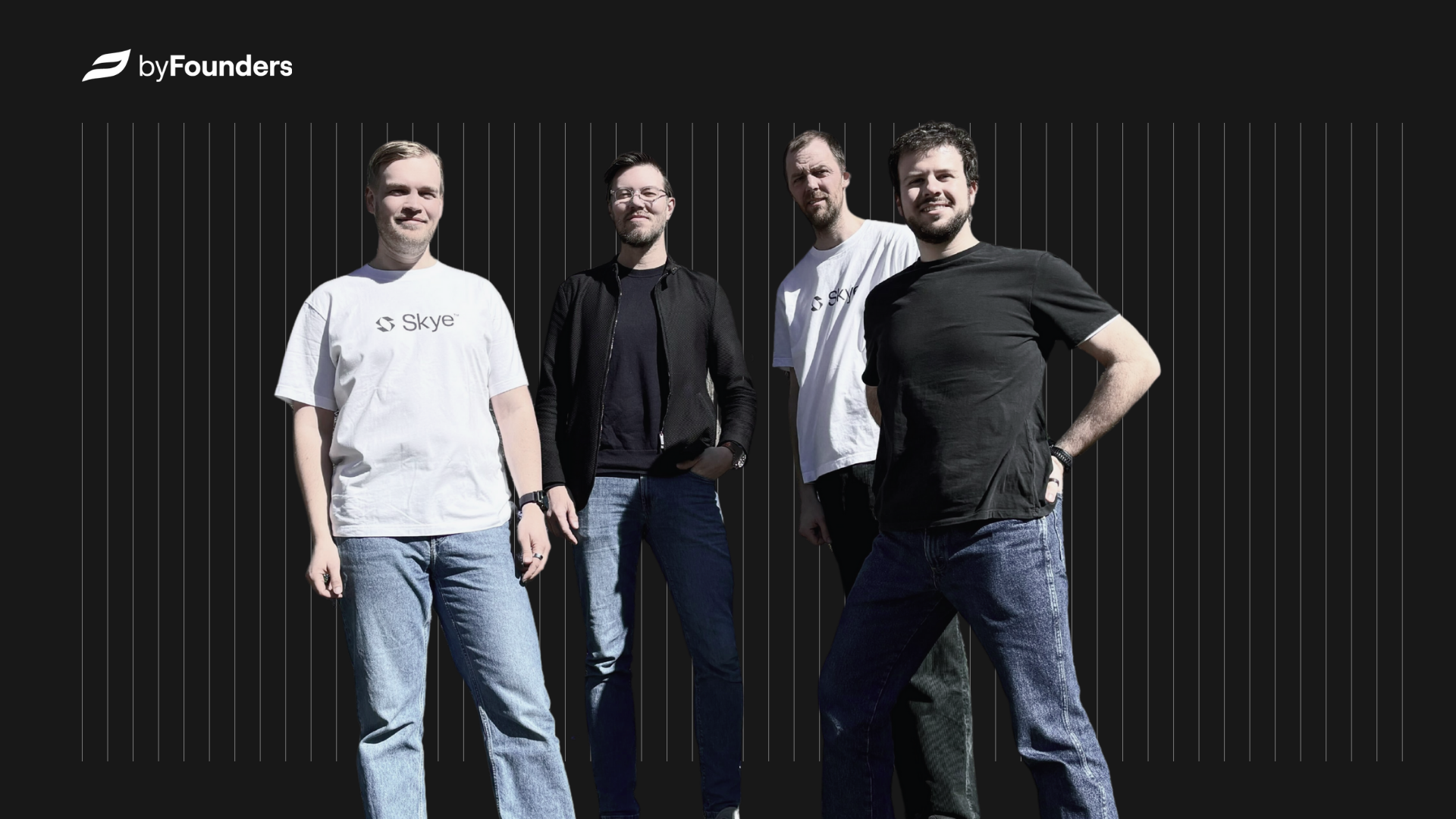Why We Invested in: DataCrunch
We invested in DataCrunch! DataCrunch is transforming the AI compute landscape by providing scalable, cost-efficient solutions from energy-efficient data centers in Iceland and Finland.

Hyperscalers have never experienced a platform shift
The hyperscalers were all founded within a few years of 2006, now 18 years ago. The defining feature of hyperscalers services in these decades has been convenience and scalability.
Convenience saves expensive engineers time, which is extremely important when the ratio of compute spend to engineering salary spend is often tilted heavily in the engineers favor. It's only when companies reach a very large scale that compute costs become high enough to start to optimize — it’s almost always worth saving engineering time over optimizing compute cost.
Scalability ensures that infrastructure scales seamlessly with consumer demand — ensuring that tech startups can grow unhindered once they hit an inflection point.

AI workloads using AI accelerators are fundamentally different:
- AI accelerators are expensive. Even early stage startups experimenting with training their own models often use compute worth multiple engineering salaries per engineer. Mistral and OpenAI are both extreme examples, having raised more than $15M per current employee, with the majority of that going towards spend on compute for AI workloads. This means that much more time and energy is spent on optimizing the cost of AI compute than has been spent on optimizing costs of traditional compute in the past, even from early stage companies.
- AI accelerators are energy dense. Traditional data centers designed around traditional servers aren’t equipped to supply enough energy and cooling for GPU clusters, leading to inefficient use of space and GPU clusters of suboptimal architecture.
- AI accelerators often need to be customized. Training massive models in a cost-effective way often requires pushing hardware to its limit. This means designing a GPU cluster that is optimized for the specific requirements of the model and data, meaning customization of everything down to the type and configuration of interconnect, to the type and amounts of memory that is attached to the cluster. This is different from traditional compute where customization is done mostly in software using abstraction layers that can combine VMs according to needs.
This difference indicates the first major platform shift in compute since the hyperscalers were founded, and in our opinion opens the door to new entrants to disrupt the market.
In November 2023, Google started spending more money on compute than on labor.
Enter DataCrunch
DataCrunch was founded by Ruben Bryon in 2020. Ruben had at the time been working on cloud 3D rendering and had experienced the immense difficulties in setting up and running his own GPU clusters. Once up and running, it became clear that the need was felt the most by companies training and running AI models.
With very limited outside capital, the company has been profitable since launch and has been growing exponentially. Currently, they serve an impressive list of customers, including Freepik and Sony.
DataCrunch’s secret sauce lies in an extremely efficient operating model delivering an exceptionally high quality of service. DataCrunch runs its accelerators in data centers located in Iceland and Finland, two countries with some of the lowest cost of energy and cooling in the world. This allows them to deliver some of the lowest prices globally. Additionally, they offer the top of the line current generation accelerators from Nvidia and will be among the first globally to be able to offer access to Nvidia’s next generation of accelerators (reserve yours today here!). DataCrunch’s operating model connects customer engineers using the accelerators directly with the DataCrunch engineers monitoring and maintaining them, allowing a unique level of service and responsiveness. This is why some of the best AI companies in the world choose DataCrunch over their competitors.
Services range from long term contracts for fully customized purpose-built clusters to on-demand GPU instances, simple and quick-to-deploy inference services and model hosting of both private and open source models.
Ruben has proven himself to be an exceptionally formidable founder and has built an incredible business in a short span of time, with customers who go out of their way to praise him and DataCrunch’s services.
Backing the first European Hyperscaler
All this said, we consider ourselves lucky to be backing Ruben and team by leading an total financing round of $13M alongside J12, Oskari Saarenmaa (founder of Aiven), and Collective members Tuomo Riekki (founder of Smartly), Deepmind researcher Lasse Espeholt, Henrik Rosendahl (founder of five acquired cloud companies), and Ari Tulla (co-founder of BetterDoctor and Elo Health), as well as Tapio Tolvanen (Ari's co-founder at Elo Health), Maaike Bryon, and Ruben himself.
The path forward is clear, with the majority of the funds being deployed within the next few months to serve existing demand. DataCrunch is poised to scale aggressively and build an incredible business that can utilize the current platform shift to create the first truly European hyperscaler.



.png)

.png)



